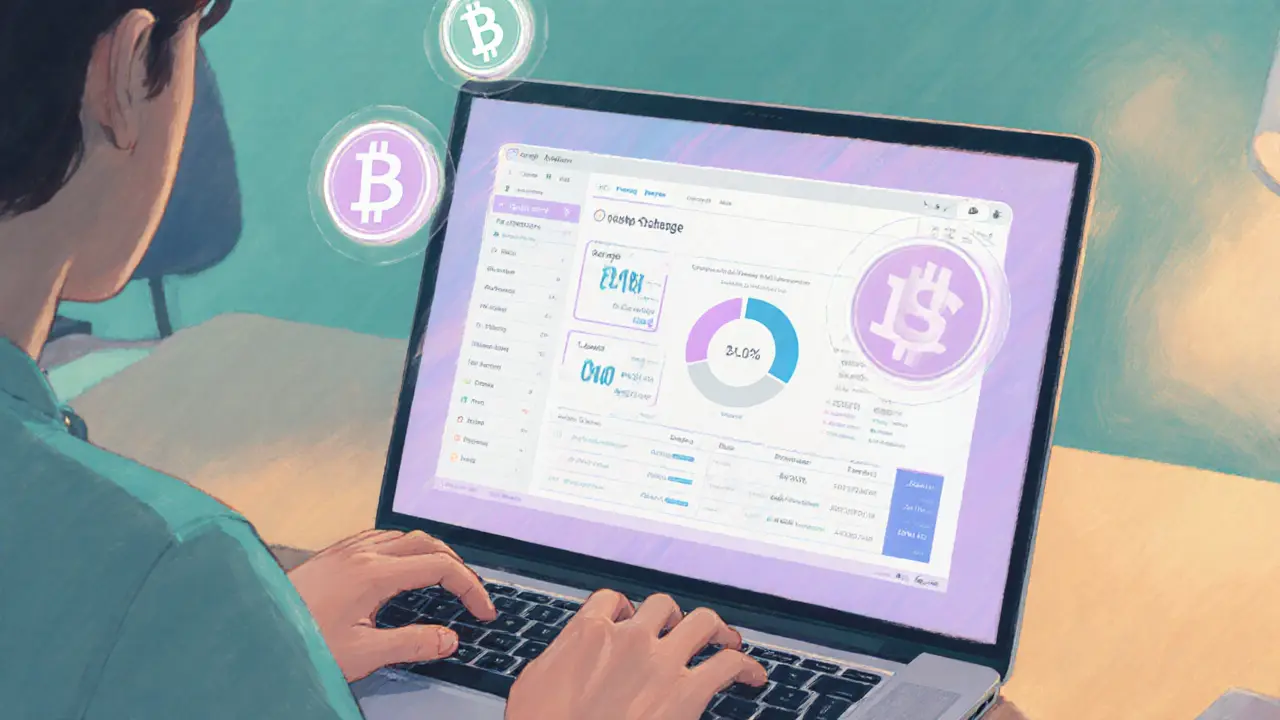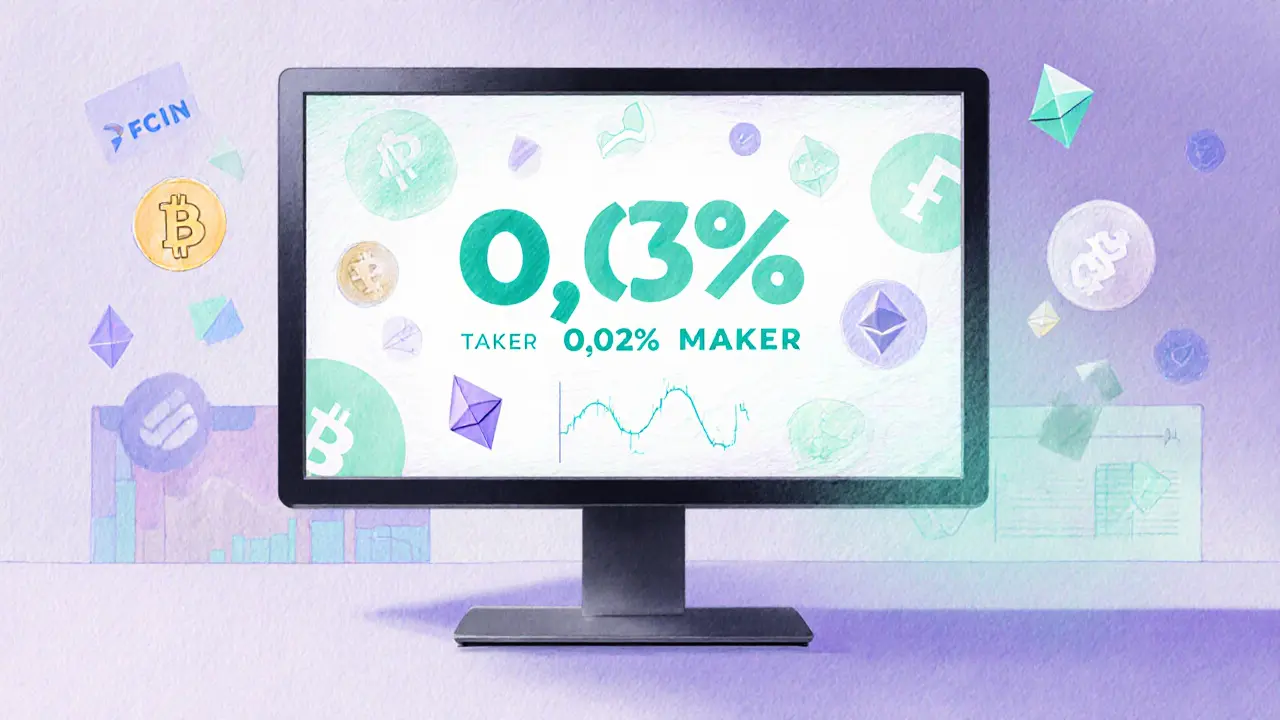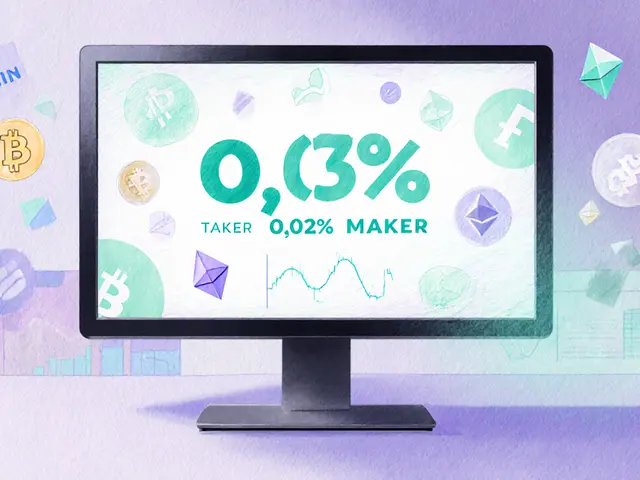Crypto Exchanges: Fees, Security & Platform Comparisons
When you start hunting for a place to trade digital assets, understanding Crypto Exchanges, online platforms that let you buy, sell, and swap cryptocurrencies. Also known as digital asset exchanges, they form the backbone of the crypto market. A major sub‑type you’ll hear about is Decentralized Exchanges, peer‑to‑peer trading venues that operate without a central authority, which contrast with traditional, custodial services. Another key piece is Exchange Fees, the cost charged for each trade, withdrawal, or deposit. Knowing the fee model helps you estimate real‑world costs. Security is non‑negotiable, so we also look at Crypto Exchange Security, measures like two‑factor authentication, cold storage, and regulatory compliance. Finally, the overall Trading Platforms, the user interfaces and tools that let you execute orders, view charts, and manage portfolios shape your day‑to‑day experience.
Why does this matter? Because Crypto Exchanges encompass a wide range of services, from simple spot trading to complex derivatives. Each platform requires a different skill set – a beginner might stick with a user‑friendly UI, while a pro looks for advanced charting and API access. The fee structure directly influences trader choice; low‑fee venues like FCoin promise ultra‑cheap trades, but they often sacrifice fiat options or robust security. On the other hand, higher‑fee exchanges may offer tighter compliance, insurance funds, and better customer support. Security, meanwhile, isn’t just a buzzword; it determines whether your assets stay safe during hacks or infrastructure failures. Decentralized Exchanges avoid single points of failure, yet they bring their own risks like smart‑contract bugs. Understanding how these entities interact lets you pick a platform that fits your risk tolerance and trading style.
What to Expect from Our Exchange Reviews
Our collection below dives deep into real‑world examples. You’ll find a concise FCoin review that breaks down its ultra‑low fee model, lack of fiat bridges, and safety concerns, plus a look at better alternatives for 2025 traders. The SwitchDex review walks you through its feature set, fee schedule, and security posture, and even offers a step‑by‑step guide to start trading. Both pieces illustrate how fee structures, security protocols, and platform features play out on actual exchanges. By comparing these case studies, you’ll see concrete numbers—like a 0.1% taker fee versus a 0.3% maker fee—and learn which safeguards (e.g., multi‑sig wallets, KYC processes) matter most. This practical insight saves you hours of research and helps you avoid costly mistakes.
Armed with the definitions and relationships above, you’re ready to explore the specific reviews. Below you’ll discover detailed analyses, side‑by‑side comparisons, and actionable tips that cut through the hype. Whether you’re after the cheapest trades, the strongest security, or the most flexible DEX experience, the articles that follow give you the facts you need to decide.

A detailed 2025 review of SwitchDex crypto exchange covering features, fees, security, and how it stacks up against major DEXs, plus a step‑by‑step guide to start trading.
Jonathan Jennings Jun 30, 2025
A concise review of FCoin crypto exchange covering its ultra‑low fees, lack of fiat support, security concerns, user rating, and better alternatives for 2025 traders.
Jonathan Jennings Jun 11, 2025




